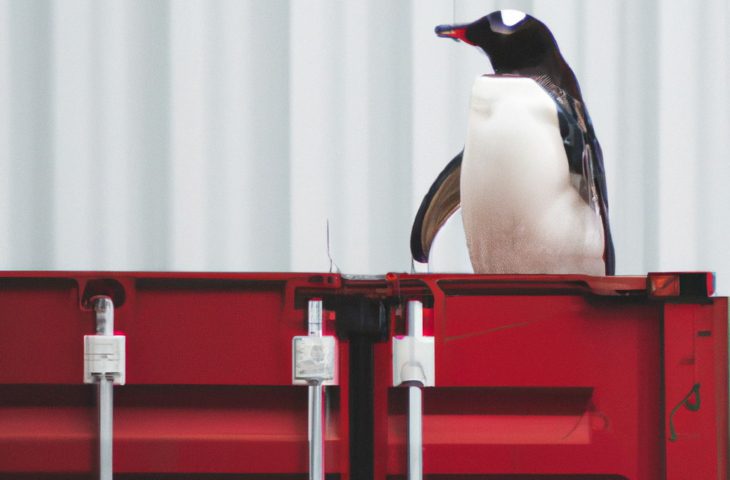Azure Linux provides a streamlined environment for running and managing containers in the Azure ecosystem.
Microsoft announced the availability of Azure Linux at the Build conference after a public preview had been available since October. The Linux distribution was initially developed under the project name “CBL Mariner” for internal use. Azure Linux is a container host for the Azure Kubernetes Service platform, tailored to run and manage containers in an Azure environment.
In a blog, Microsoft also mentions the low weight of the Linux host as an advantage. Azure Linux includes only the necessary packages required to run containers. This contributes to a more efficient but also safer workload. After all, no superfluous components have to be maintained, so that the attack surface remains as small as possible. All components have been validated by Microsoft.
To run Azure Linux on AKS, you must either create new clusters using Azure Linux or add a node pool to your existing clusters. Microsoft describes how to create these nodes and keep them up to date in various guides that you can find on this page.
Kubernetes apps
Along with the announcement of Azure Linux, Microsoft is also announcing the availability of Kubernetes apps for AKS. This is a collection of open-source applications that are allowed to run on AKS and can be found through the Azure Marketplace.














